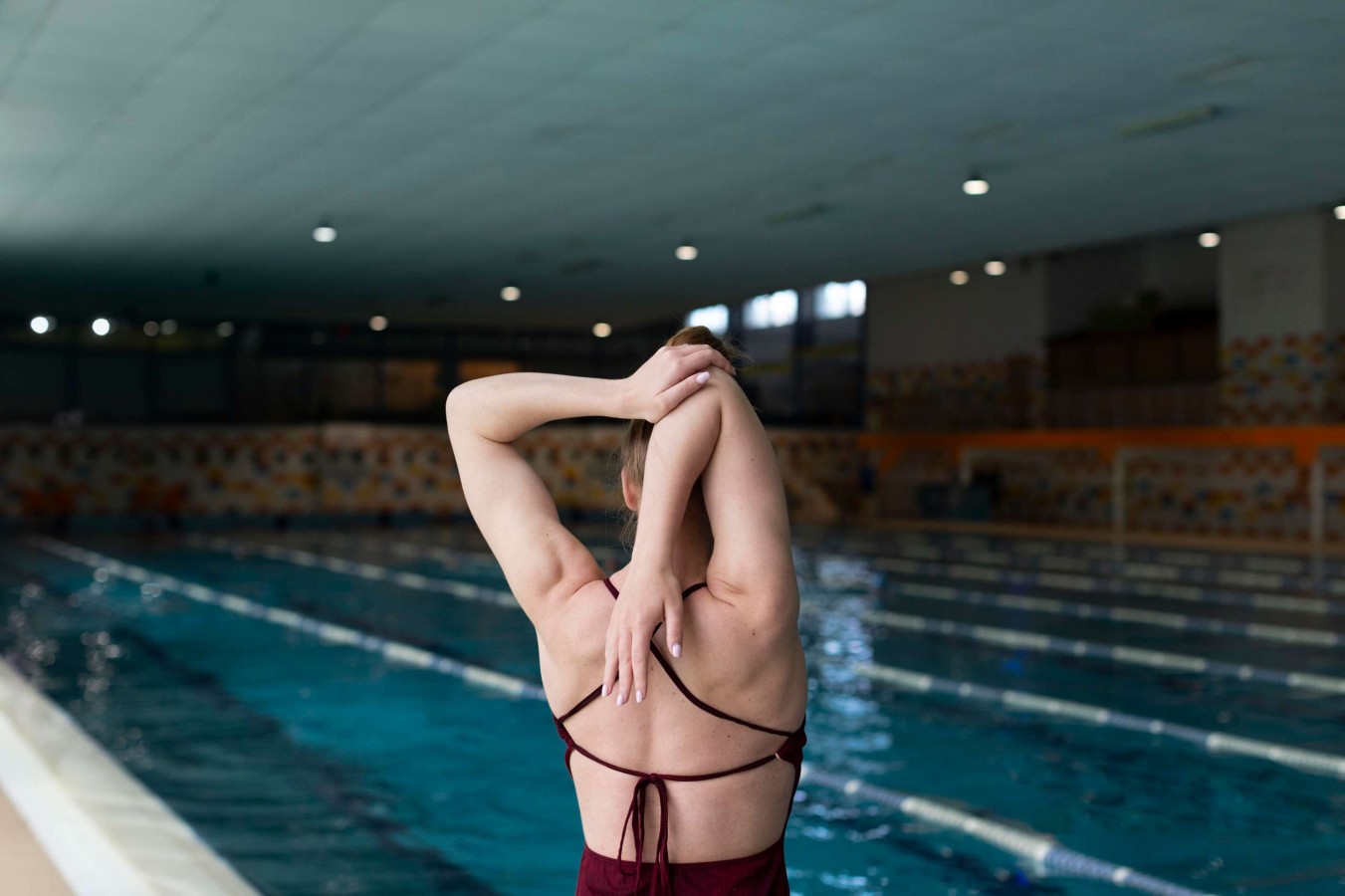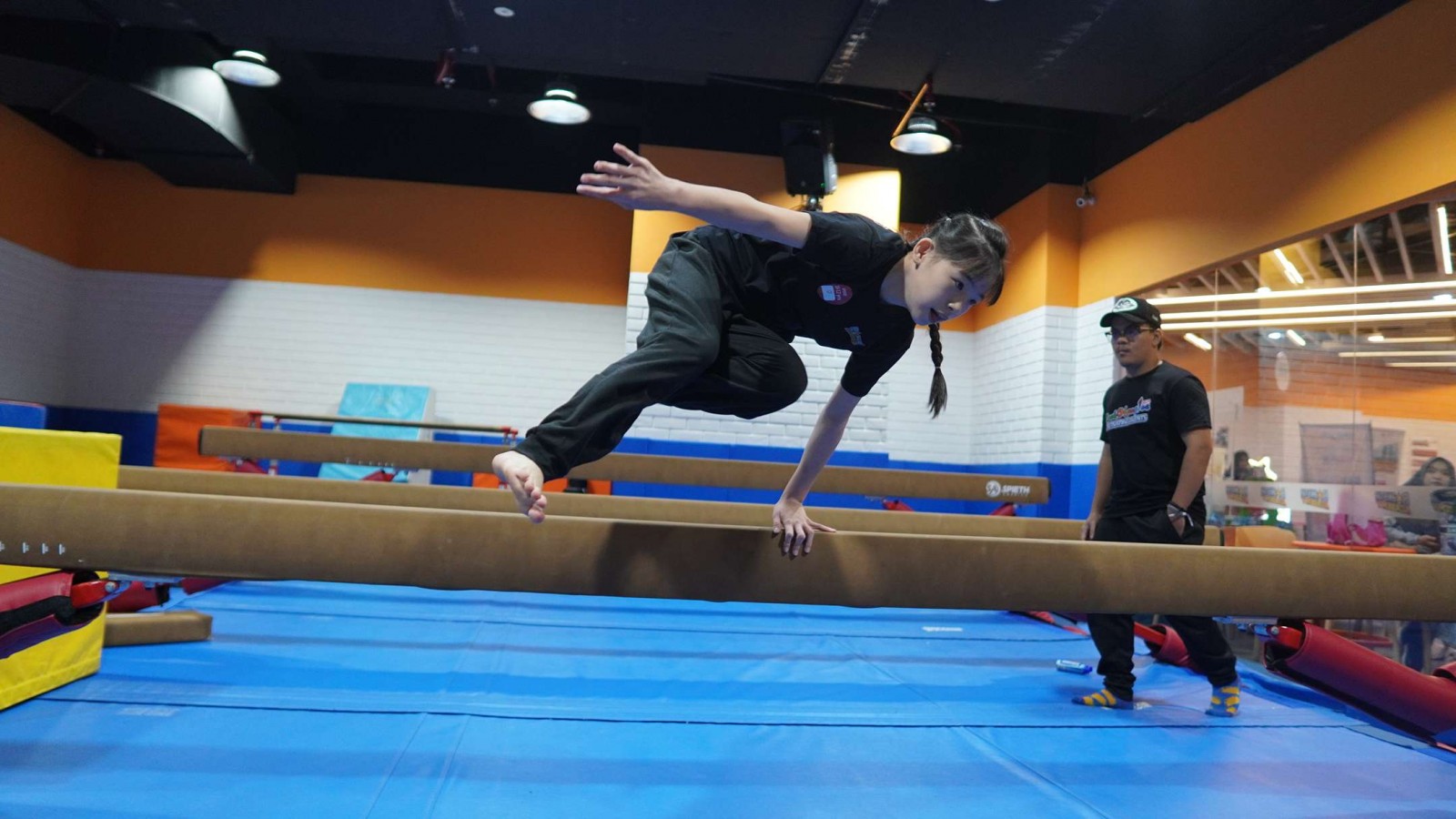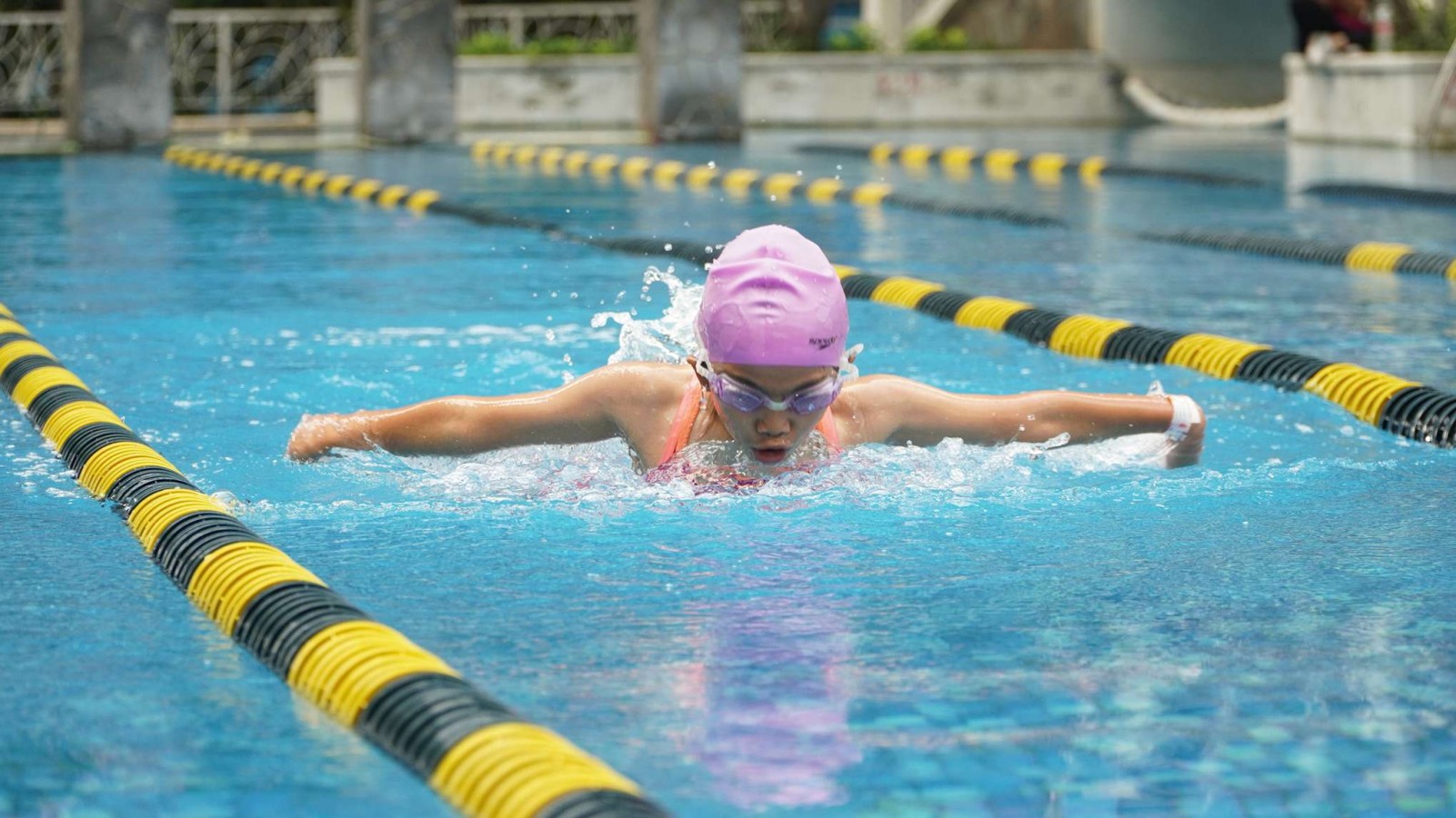How to Warm Up Before Swimming and The Benefits of Warm Up

Many people skip warming up before swimming, but it's a game-changer for better performance and staying injury-free. Whether you're heading for a fun swim, tough training, or a big race, warming up gets your body ready to move. But how to warm up before swimming correctly?
It also helps you stay flexible, and makes you more efficient in the water. Let’s explore why warming up matters, check out some easy routines, and learn how to do it right!
Why You Should Warm Up Before Swimming
Swimming might seem like a gentle activity, but it engages almost every muscle in your body. A warm-up prepares your muscles, joints, and cardiovascular system for the demands of swimming. Here’s why warming up matters and the benefits of warm up before swimming:
1. Prevents Injuries
Cold muscles are more prone to strains and tears. Gradually increasing your body temperature improves muscle elasticity, reducing the risk of injuries like pulled muscles or cramps.
2. Improves Performance
A warm-up enhances blood flow to muscles, delivering oxygen and nutrients needed for better endurance and strength. You’ll swim faster and more efficiently when your body is prepared.
3. Enhances Flexibility and Range of Motion
Swimming requires a wide range of motion in your shoulders, hips, and legs. Warm-up exercises loosen these areas, making strokes smoother and more effective.
4. Boosts Cardiovascular Readiness
Jumping into intense swimming without preparation can shock your cardiovascular system. A warm-up gradually raises your heart rate, improving circulation and making transitions into vigorous activity safer.
5. Mental Preparation
Warming up gives you time to focus, visualize your swim, and build confidence. It’s a great moment to set goals and reduce any pre-swim jitters.
How To Warm Up Before Swimming
A proper swimming warm-up targets major muscle groups and prepares your body for water movement. Here's a step-by-step guide:
A. Dryland Warm-Up
Start with exercises outside the pool to activate muscles and increase blood flow. Here are some movement you can do:
- Arm Circles
Extend your arms and make small, controlled circles. Gradually increase the size. This helps loosen shoulder joints.
- Leg Swings
Hold onto a wall for balance and swing one leg forward and backward. This warms up your hip flexors.
- Jumping Jacks
A simple way to raise your heart rate and engage multiple muscle groups.
- Dynamic Stretches
Perform lunges, toe touches, or torso twists to improve flexibility.
B. Water-Based Warm-Up
Once you’re in the pool, transition to specific swimming-related warm-ups.
- Easy Freestyle: Swim at a relaxed pace for 5–10 minutes to adjust to the water and warm up your muscles.
- Kick Sets: Use a kickboard or practice flutter kicks to activate your lower body.
- Drills for Technique: Include catch-up drills or sculling to focus on stroke mechanics while warming up.
- Breath Control Practice: Swim short distances while practicing controlled breathing to prepare your lungs.
Variations of Warm-Ups Before Swimming
Not all warm-ups are the same! The type of warm-up you choose can depend on your swimming goals, whether you're getting ready for a race, building endurance, or just enjoying a casual swim.
By tailoring your warm-up to match your activity, you can prepare your body in the best way possible and make your time in the water more effective and enjoyable. Let’s explore a few warm-up variations to suit different needs!
1. Competition Warm-Up
If you’re preparing for a race, focus on a mix of low-intensity swimming and speed bursts:
- Swim 400 meters at a relaxed pace.
- Perform 4–6 sets of 50-meter sprints, gradually increasing effort.
- Add a few turns and start to simulate race conditions.
2. Endurance Warm-Up
For long-distance swimming, prioritize gradual intensity buildup:
- Swim 200–400 meters at a light pace.
- Alternate between freestyle and backstroke to engage different muscle groups.
- Incorporate longer kickboard sets to prepare your legs.
3. Casual Swim Warm-Up
Even for leisure swimming, a warm-up ensures a more enjoyable experience:
- Spend 5–10 minutes doing arm and leg stretches.
- Swim 100 meters at an easy pace.
- Float and practice breathing techniques.
Warm-Up Tips for Swimmers
Warming up is an important part of preparing for a swim, but to do it right, there are a few key things to keep in mind. These tips will help you get the most out of your warm-up while keeping it safe and effective:
A. Listen to Your Body
Warming up isn’t about pushing yourself to the limit but it’s about gently preparing your body for activity. If you feel any discomfort or strain, slow down or adjust the movement.
Keep your warm-up light and controlled to avoid overworking your muscles before you even start swimming. For example, during arm circles, move at a comfortable pace instead of going too fast or too wide.
B. Stay Hydrated
Even though swimming happens in water, your body still needs to stay hydrated! Drinking water before your swim helps keep your muscles working properly and prevents fatigue.
Dehydration can sneak up on you, so sip some water before you start warming up, especially if it’s hot outside or you’ve been active earlier in the day.
C. Be Consistent
It doesn’t matter if you’re swimming for fun or training for a competition, warming up is a must every time. Skipping a warm-up, even for a quick swim, can increase the risk of injuries and make your swim less enjoyable.
Think of warming up as a habit that sets you up for success in the water, no matter how short or easy the swim session seems.
D. Adjust for Temperature
Swimming in colder water? Give your body extra time to adjust. A longer warm-up helps your muscles loosen up and gets your body used to the chill. Spend a few more minutes on dryland exercises or gentle swimming to raise your body temperature and make the transition to the water smoother.
This way, you’ll avoid the shock of cold water and feel more comfortable when you dive in.
Conclusion on How to Warm Up Before Swimming
Warming up before swimming is a simple yet essential step to ensure a safe, enjoyable, and effective swim. If your children are eager to improve their swimming skills, enrolling them in a structured program like the one at Rockstar Academy can make all the difference!
Our Swimming Program offers a wide range of classes, from fun and nurturing Mom & Me classes to challenging advanced sessions. Here, students not only master swimming basics, like how to warm up properly, but also learn several swimming workouts to become a proper swimmer.
What’s more, joining our Sports & Performing Arts program opens doors to exciting events like the Elite Championships and RockOlympics, giving students a chance to showcase their skills, gain valuable experience, and uncover their true potential in the pool.
Ready to dive in? We even offer a free trial class, so you can experience the Rockstar Academy difference firsthand. Don’t wait—let your child make a splash with us today!
FAQ
How long should I warm up before swimming?
A good warm-up typically lasts 10–15 minutes. Adjust the duration based on your swimming intensity and personal needs.
Can I skip a warm-up if I’m just swimming casually?
Even for casual swimming, warming up is essential. It helps your body transition smoothly into activity, preventing cramps and discomfort.
What happens if I don’t warm up?
Skipping a warm-up increases your risk of injuries, such as muscle strains or shoulder issues. It may also reduce your overall performance and make swimming feel harder.
Can I do static stretches before swimming?
Static stretches are better suited for cooling down after a swim. Focus on dynamic stretches and light movements during your warm-up to prepare your muscles.



